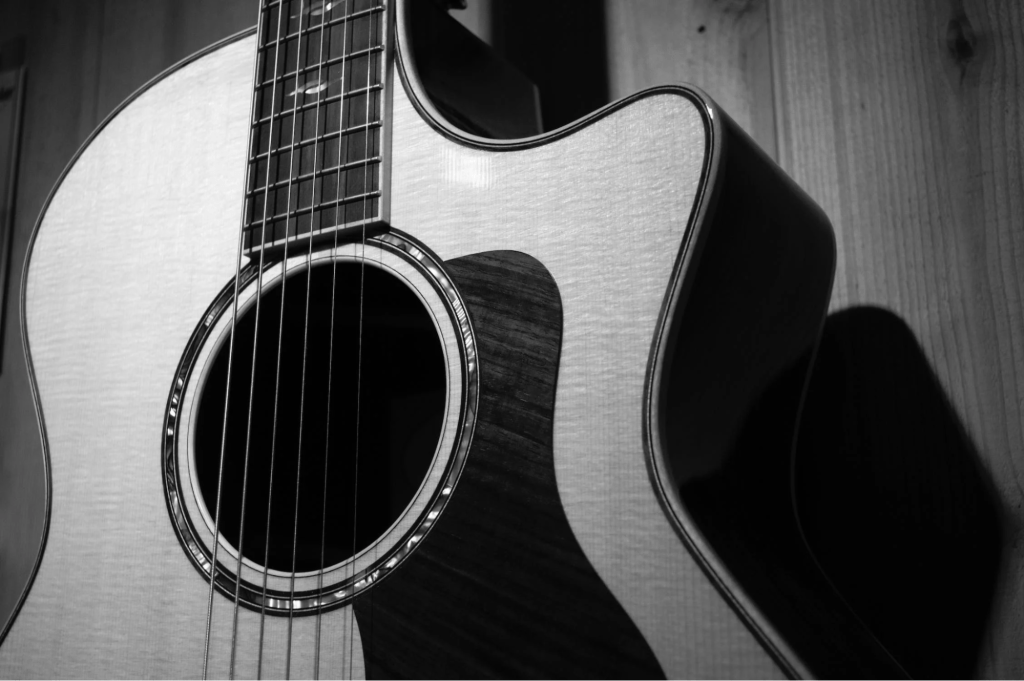Before you can start playing, you must know the names of the strings and where you should place your fingers. The index, middle, and ring fingers are used for holding the strings, while the pinky finger and thumb are used to help balance it. The thumb is placed at the back of the neck to help balance it.
Lessons
Master Class’s online writing workshop is perfect for students of all levels of experience. In addition to helping them learn the fundamentals of writing, the workshop also helps them develop different styles (https://www.guitartricks.com/styles.php) and develop the critical writing skills necessary for work.
Lessons are self-paced and asynchronous, with optional synchronous sessions. Students are guided to the specific lessons that address their particular writing needs and can self-select additional modules to further develop their skills.
Practice
One of the best ways to improve guitar playing is to practice. You can practice for a variety of goals, from becoming more versatile and creative to impressing other musicians. The key is to set a goal for how long you practice each day.
To practice guitar, you need a comfortable and quiet space. It should include a chair that is not too high and does not have too many armrests. Also, it should be positioned in a position that helps you maintain a good posture and reach the fretboard.
Chords
When it comes to playing, learning the proper chords is essential to the success of your playing. You should know the types of chords that slow down or make you play fast. Some of the best guitar articles will go over the easiest progressions and variations for beginners to learn. There are also certain basic techniques that can help you become a master of these chords.
You should learn to recognize the major and minor scales. They are a key aspect of playing music and add mood and depth to the music. By learning the theory behind these notes, you can create music that is richer and more powerful.
Scales
Scales for beginners to professionals and masters are commonly used in music assessment and teaching. This article explains how to develop and retest a scale and offers examples of rigorous development. However, it lacks information about how to interpret the scale’s output, how to design cut-offs, or how to re-test it in a new population.
There are two types of scales: ascending and descending. The ascending scale starts on the lowest root note, and descends to the highest. Practice this scale on your instrument and work on your phrasing. Once you are comfortable with the ascending scale, you can move on to the descending scale.
Theory
Music theory is an integral part of learning to play. It’s the grammar of music, so knowing it will make your learning process much faster. You should use the information you learn about music theory in every piece of music you play, whether it’s a scale or a real piece of music.
In general, learning scales alone is not enough to improve your playing; learning chords is equally important. This system will help you apply your theory in new ways, allowing you to play more challenging solos like the ones discussed at this link. In addition, learning modes will make your guitar playing more interesting and fun.
Guitar theory can also help you master a particular style or genre. It explains how the fretboard is used to play a certain note, and what kinds of notes are used to compose a song. In addition, it helps you understand how guitar music works and helps you choose the right style for a given performance.
To reach higher levels of playing, you must be committed to practicing daily. Even if you can only find a few spare minutes a day to practice, you can still make progress. However, if life has changed since you started learning, you must reevaluate your goal and make some adjustments.
The fundamentals of guitar theory are often hard to understand, but they’re also vital to the success of a musician. For example, chords are the foundation for melodies. They start from one note, called the root, and end with a note that has a different pitch.


